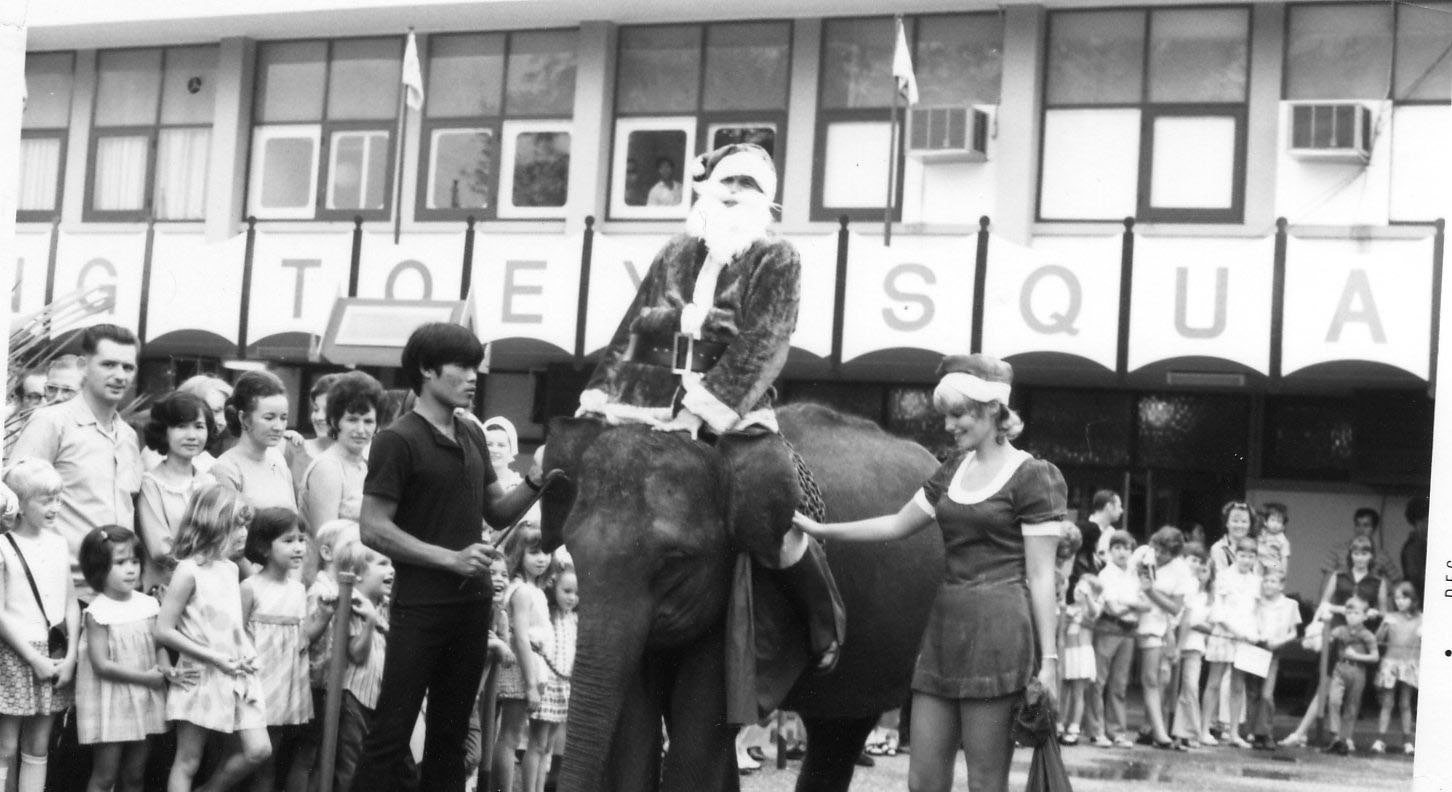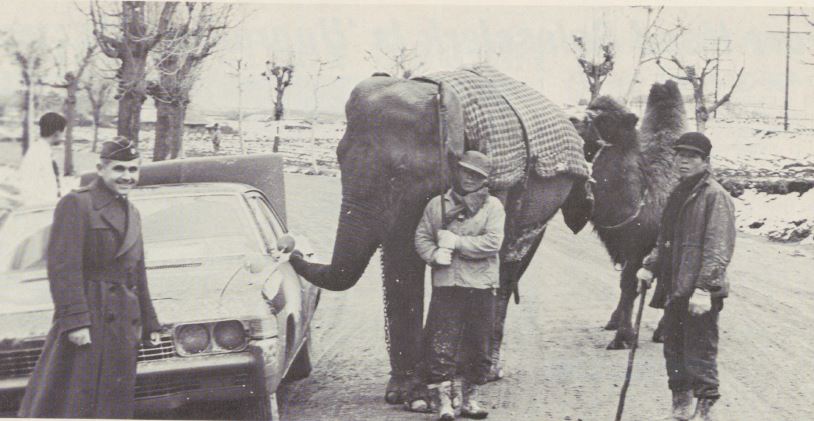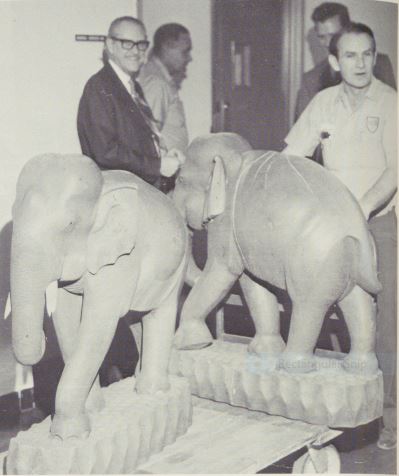#FlashbackFriday: Let’s Talk About the Elephants in Exchange History

Who knew that there’s a National Elephant Appreciation Day? It’s today, Sept. 22, and according to the National Day Calendar website, it originated in 1996 to raise awareness concerning the plight of elephants.
The National Day Calendar recommends observing the day by visiting elephants at a local zoo, or by learning about conservation efforts and about work to eliminate poaching (according to the site, about 100 elephants are killed by poachers every day).
The site also recommends several books (including “Horton Hears a Who”) and movies, and provides several elephant-related facts (such as there are two species, the African Savannah and Asian elephant, but recently scientists have suggested that the African Forest elephant is also a unique species and not a subspecies). You can read more here.
Elephants have occasionally played a role—sometimes just a walk-on cameo—in Exchange history. Here are a few items we found in the archives.

Above, one of the most famous photos from the Exchange history album on Flickr: In 1944 during World II, an elephant named Karunavathi helps the PX officer of the Southeast Asia Command headquarters and some GIs move a 2,600-pound electric refrigerator into a PX in India.

In this photo from the May 1969 Exchange Post, Lt. Col. C.V. Myers, deputy commander of the Korea Regional Exchange, receives a surprise greeting from an elephant (and a camel) during an inspection trip of Exchange elements supporting a joint American-Republic of Korea military exercise. Elephants weren’t involved in the actual exercise, in which troops battled mud as deep as 18 inches as well as the heaviest snowfall in 47 years.

From 1972: Santa gives the reindeer a rest and arrives atop a small Thai elephant at an Exchange Toyland in Bangkok, Thailand. During the Vietnam War era, the Thailand Exchange System operated 11 retail activities in Bangkok and four at Pattaya Beach, serving about 9,000 customers. By 1968, 47 retail stores, seven cafeterias, 27 snack bars, 15 refreshment stands, 22 mobile stores, 15 beer bars and 197 concessions served American forces in such places as Camp Friendship, Takhli AB and Ubon AB. The Exchange shut down operations in Thailand in 1976, a little more than a year after U.S. ended its involvement in Vietnam.

These teakwood elephants once welcomed customers at the front entrances of the Saigon (now Ho Chi Minh City) and Tan Son Nhut AB main exchanges during the Vietnam War. According to a March 1973 Exchange Post story, the elephants were carved in Bangkok, Thailand, where they were acquired by the Navy Ships Store Office in the 1960s. They originally stood outside the U.S. Navy Forces Vietnam headquarters in Saigon before they were transferred to the main exchange in the suburb of Cholon. When the Exchange took over Exchange operations in Vietnam from the Navy in late December 1965, the elephants became part of the Exchange.
For good luck, customers touched or patted the elephants’ heads upon entering and exiting the stores (the Exchange Post story said that about a million service members patted the elephants’ heads, and called that a conservative estimate). As Exchange operations wound down in Vietnam, the elephants were delivered to headquarters in 1972. They currently reside in the Hall of Memories on the second floor at HQ.
Sources: Exchange Post archives, Exchange history on Flickr, National Day Calendar



Fascinating!
Thanks, Keola! Not often I get to write about elephants and bears in the same week.
Vr,
Robert Philpot
The Exchange Post